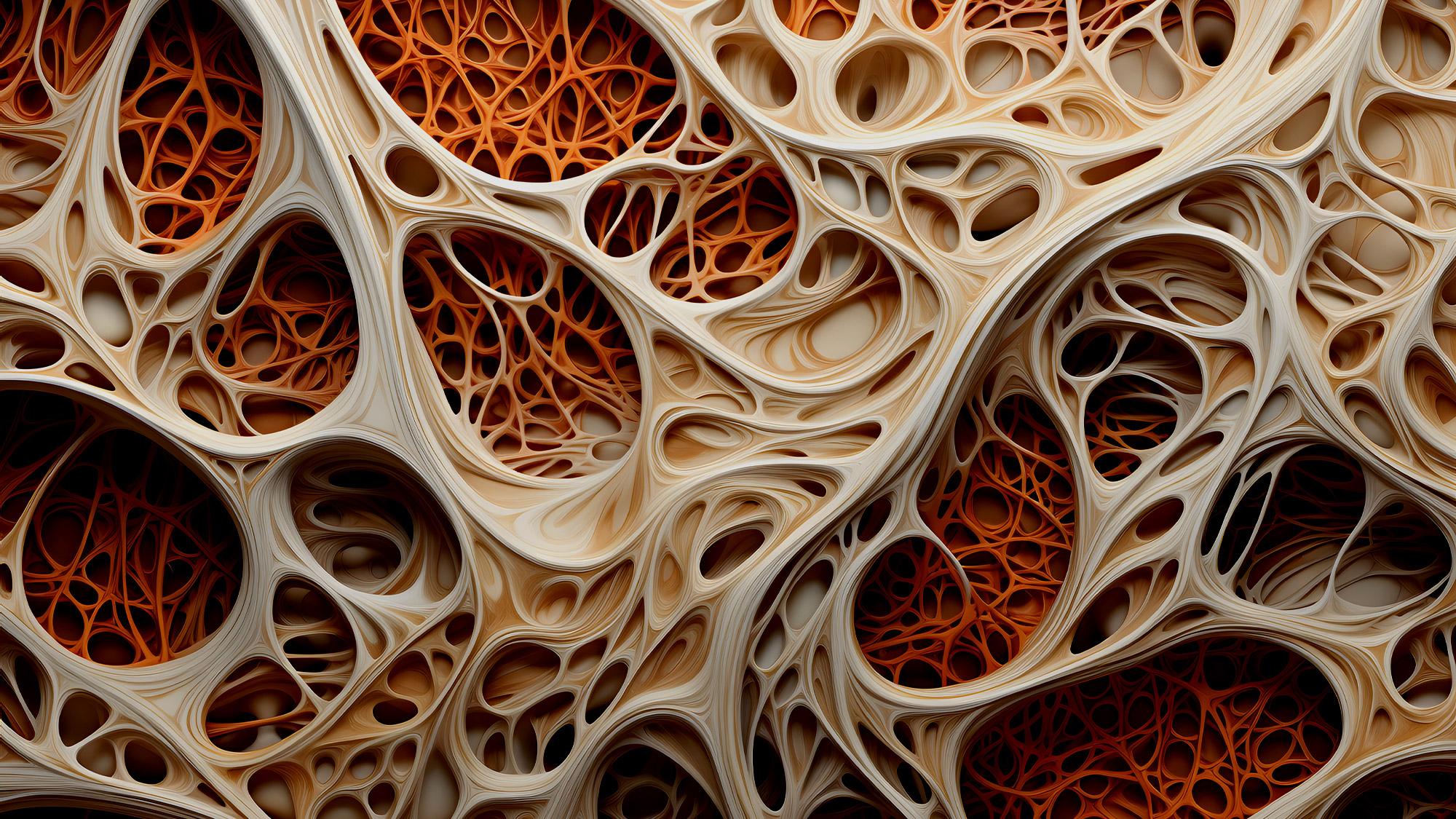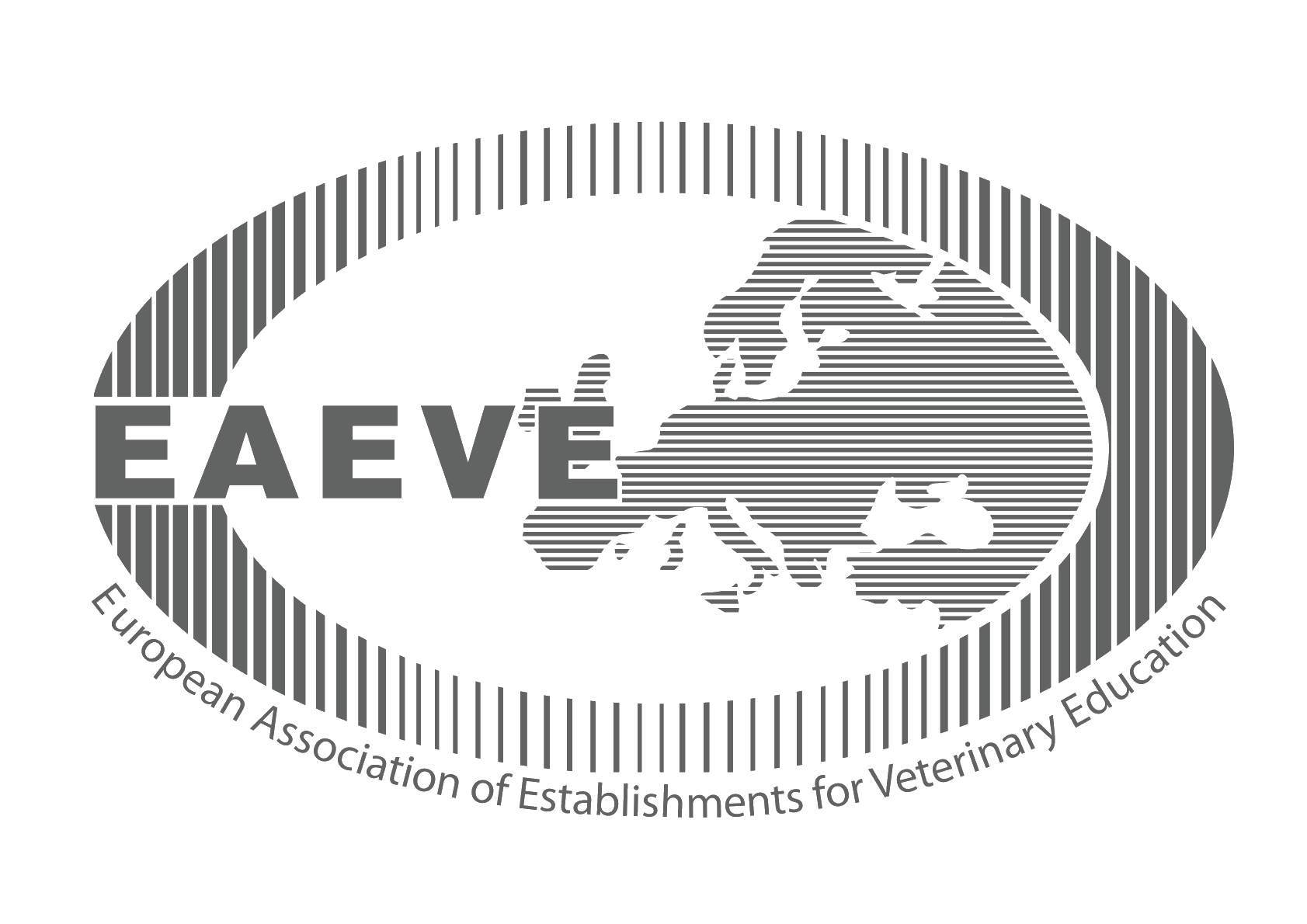COST CA22170

TEndon Regeneration NETwork (TENET)
General Data
Member of UL |
Veterinary Faculty |
|
Name of the leading partner |
||
Status |
partner | |
Project code/ Project No. |
COST CA22170 | |
Project Title |
TEndon Regeneration NETwork (TENET) | |
Financier |
COST Action | |
Project period |
23.10.2023 - 22.10.2027 | |
Yearly sum of FTE |
||
Leader |
prof. dr. Valentina Kubale Dvojmoč | |
Scientific field |
||
Partners |
|
Project Description
Musculoskeletal disorders/diseases are among the main causes of disability worldwide and are exacerbated by an increasingly sedentary lifestyle and ageing population. Among these, tendinopathies, account for 30-50% of musculoskeletal-related primary care visits worldwide. These diseases produce pain, swelling and restricted ranges of motion, and affect individuals across ages in their work and leisure time. The estimated costs to European Union healthcare systems are in excess of 800 M€ annually. Despite the impressive progress achieved on the development and translation of regenerative therapies for specific applications, major progress in designing and translating clinically-relevant advanced regenerative therapies for tendon is still missing. The lack of coordination and scattering of research and knowledge in the field of tendon mainly justifies the disappointing results attained so far.
The main aim of TENET Action is to create the TEndon regeneration NETwork, a scientific network of excellence mainly based in Europe integrating academics, research laboratories, clinicians, biotechnological companies, and regulatory bodies to foster the scientific and industrial capacity to develop, test and translate advanced regenerative therapies to promote tendon tissue regeneration and restoration of tendon function. This Action will bring together sufficient expertise and critical mass to produce an integrated, coordinated and multidisciplinary response to the challenges in the field. This will allow the full deployment of advanced regenerative therapies for tendon, not only to respond to open scientific questions, but more importantly to boost the clinical translation of these therapies in order to improve patient treatments and outcomes.
More information: https://www.cost.eu/actions/CA22170/
Structure of the Project Group
Location
Gerbičeva 60
SI-1000 Ljubljana
Slovenija
Sample Reception
Samples are received at several locations throughout Slovenia. See where.
The veterinarian on duty
Emergency veterinary assistance for dogs and cats and a telephone number of constant readiness.
Library
A wide selection of domestic and foreign professional literature in the field of veterinary medicine and other sciences.
Main navigation
-
Education
- Informativni dan
- Why to become a veterinarian?
- Undergraduate Studies
- Postgraduate studies
- Pripravništvo
- Summer Schools
- Continuous education
- Professional Development
- International Activity
- Mednarodna dejavnost - Tuji študentje
- The Path to Creative Knowledge
- Tutoring
- Extracurricular Activities
- Career Centres
- Alumni
- Student organizations and societies
- Quality Assurance
- Clinics
- Diagnostics
- Dobrobit
- NVI
- Research
- About us
- Hub




